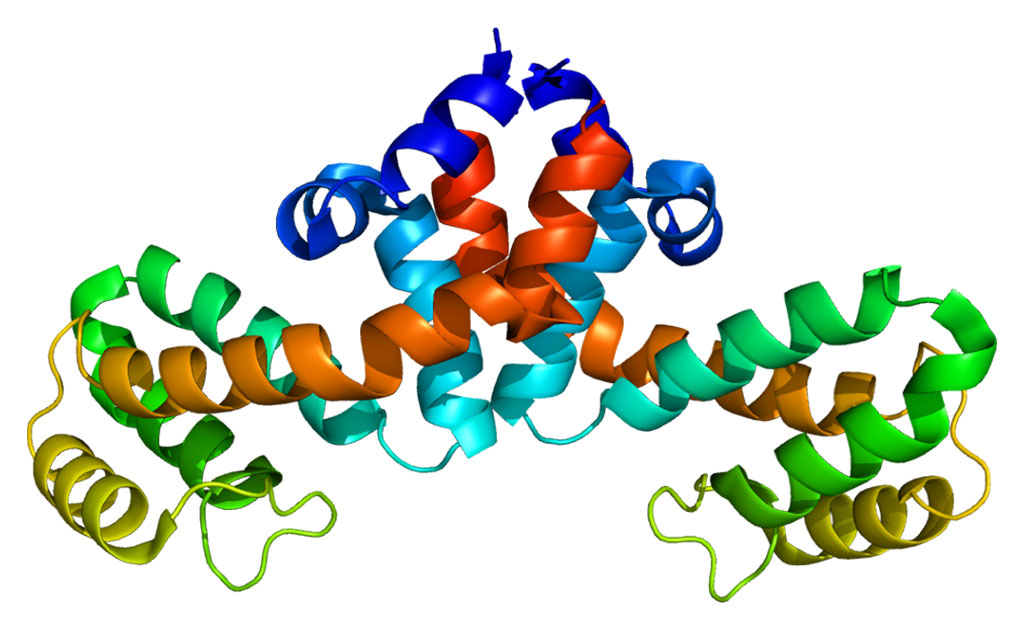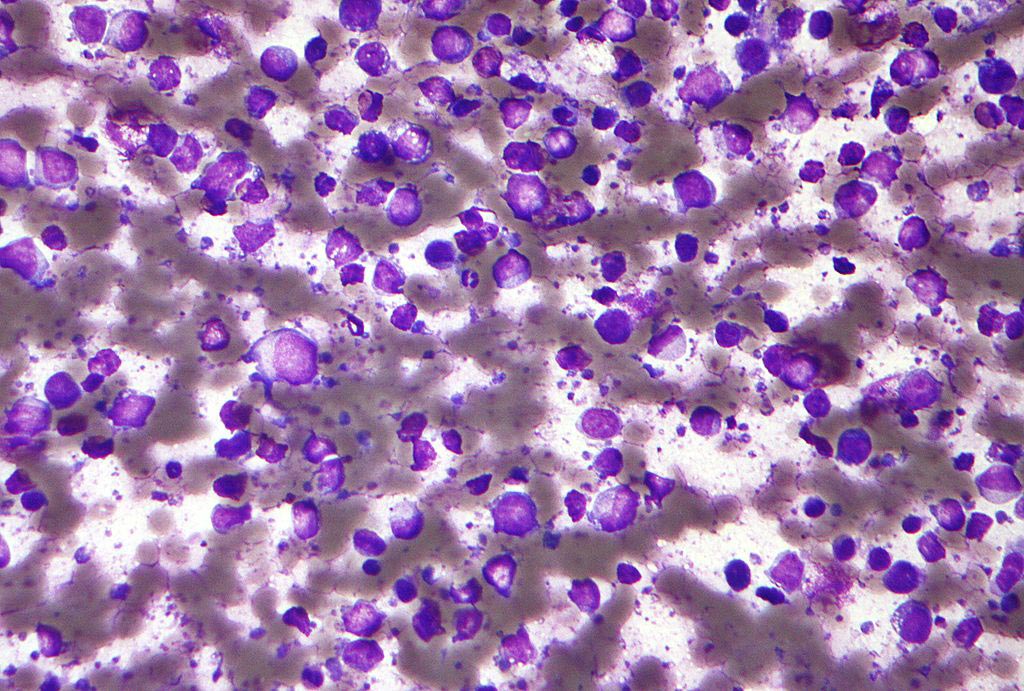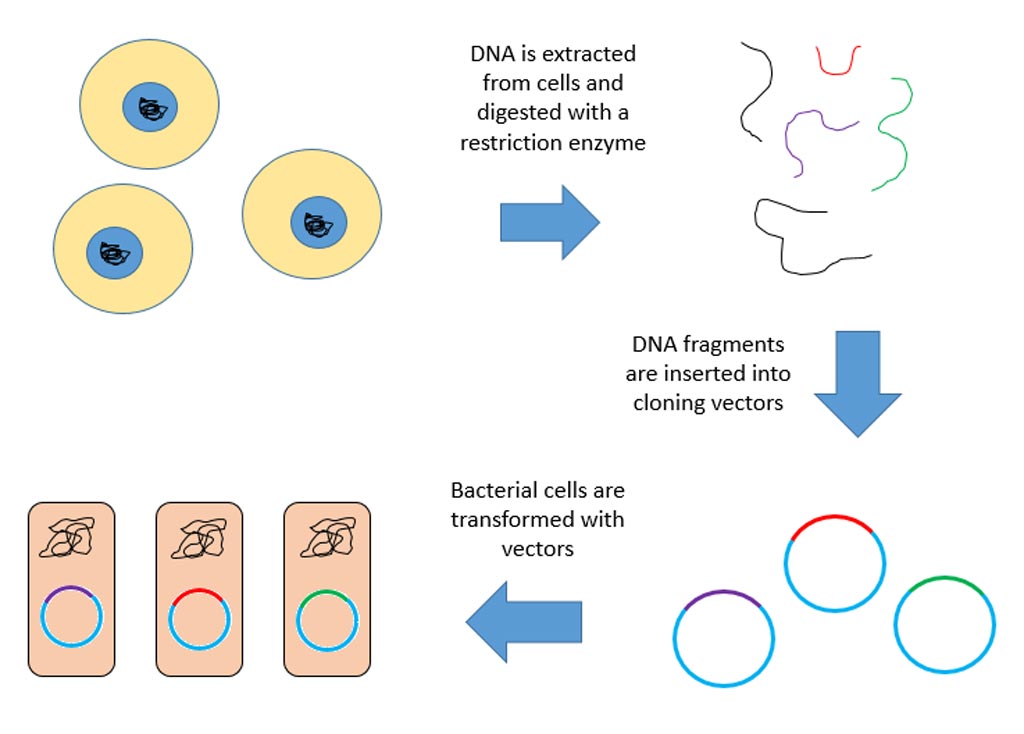Identifying Gene Interactions Through Single-Cell Imaging
By LabMedica International staff writers
Posted on 04 Mar 2010
Cellular imaging provides a huge amount of data about how cells respond to stimuli, but harnessing this technique to study biologic systems is an overwhelming challenge. In a recent study, researchers have developed an innovative method of interpreting data from single-cell images to identify genetic interactions within biologic networks, offering a glimpse into the future of high-throughput cell imaging analysis. Posted on 04 Mar 2010
For years, scientists have been looking through a microscope at cells as they change appearance in response to different treatments, yet data collection is time-consuming, largely conducted qualitatively by eye. However, recent technologic developments have led to the development of high-throughput image screening methods that can produce extensive datasets of hundreds of different morphologic features.
With the ability to collect large imaging datasets, researchers from the Massachusetts Institute of Technology (MIT; Cambridge, MA, USA) and Harvard Medical School (Boston, MA, USA) recognized an opportunity to explore the cellular networks that regulate cell morphology. "These images are an enormous source of data that is only beginning to be tapped,” said MIT researcher Dr. Bonnie Berger, senior author of the study, which was published online in February 9, 2010, in the journal Genome Research. "We realized we had enough data to go beyond classification and start to understand the mechanism behind the differences in shape.”
To meet the challenge of interpreting cell image data, Dr. Berger and MIT graduate student Oaz Nir developed an innovative computational model to identify genetic interactions using high-dimensional morphologic data. The model, integrating prerequisite knowledge of a pathway, maps potential interactions within a network by looking for similar morphologic characteristics upon genetic perturbation.
The group demonstrated the method by analyzing the Rho-signaling network in fruit flies, a network that regulates cell adhesion and motility in eukaryotic organisms. In collaboration with Dr. Chris Bakal and Dr. Norbert Perrimon at Harvard Medical School, they "knocked-down” components of the Rho-signaling network using RNA interference and then imaged thousands of fly cells, collecting measurements of cell perimeter, nuclear area, and more than 150 other morphologic features for each cell. The data were then passed through the computational framework to generate a set of high-confidence interactions, supported by confirmation of previously known interactions.
The investigators discovered that by making combinatorial knockdowns of Rho network components, their computational method was able to accurately infer Rho-signaling network interactions more precisely than when using only data from single knockdowns. Dr. Berger noted that this finding highlights the importance of combinatorial experiments for inferring complex networks, necessary to overcome natural redundancy in signaling pathways. As perturbation of the Rho pathway in humans has been implicated in cancer and other diseases, the scientists believe that these predicted interactions will be excellent candidates for future study.
Dr. Berger expects that in combination with other sources of data, imaging as a new source of high-throughput data should appreciably increase the accuracy of known signaling networks. "This work provides a glimpse into the future,” added Dr. Berger, "where looking under the microscope manually at cells one-by-one is replaced with automated high-throughput processing of many cellular images.”
Related Links:
Massachusetts Institute of Technology
Harvard Medical School













